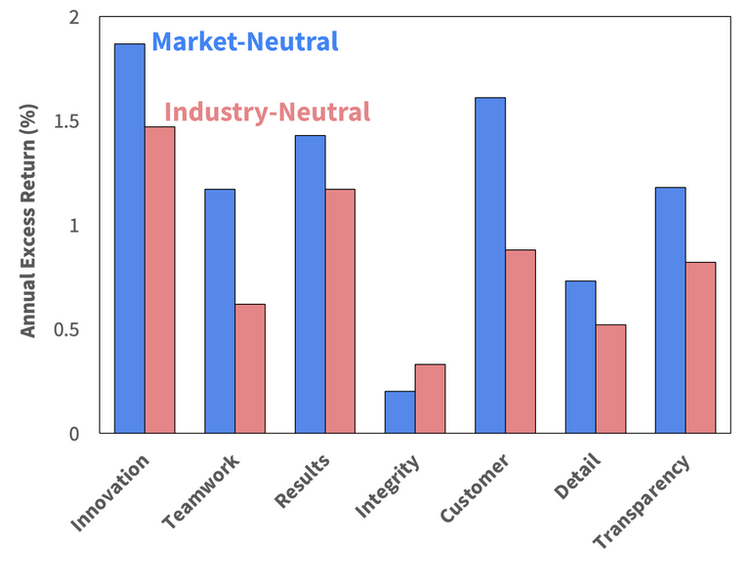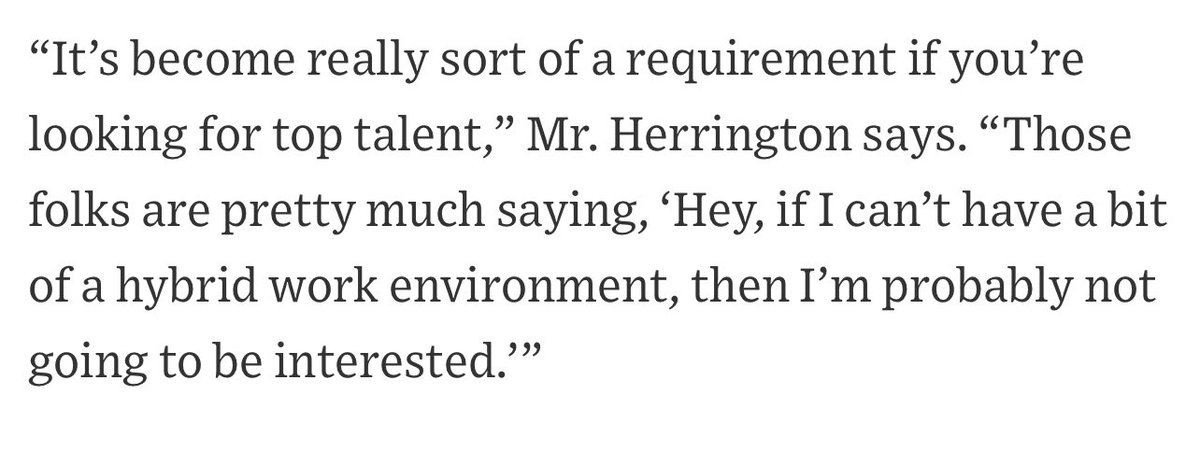
One of the more challenging aspects of investing in consumer businesses, especially ones that make products that you yourself enjoy, is separating your personal feelings from the investment thesis. Not easy to do.
To be sure, there's value in having an "inside" view, but it can go too far or be misguided, especially if you are not the incremental customer.
There had to be a few die-hard fans of Kodak photographic film who just didn't understand why people were flocking to digital.
There had to be a few die-hard fans of Kodak photographic film who just didn't understand why people were flocking to digital.
Alternatively, those with a strong "outside" view risk being too dismissive of, or not realizing, certain factors that add value.
You might think Starbucks coffee tastes bad, but there are 24.8m Rewards members in the US that disagree and account for 51% of sales.
You might think Starbucks coffee tastes bad, but there are 24.8m Rewards members in the US that disagree and account for 51% of sales.
How to strike the right balance, then? Gathering data is one way, as is seeking disconfirming opinions.
But the key is this: Your personal tastes with consumer products - good or bad - have limited value in developing an investment thesis.
But the key is this: Your personal tastes with consumer products - good or bad - have limited value in developing an investment thesis.
• • •
Missing some Tweet in this thread? You can try to
force a refresh






